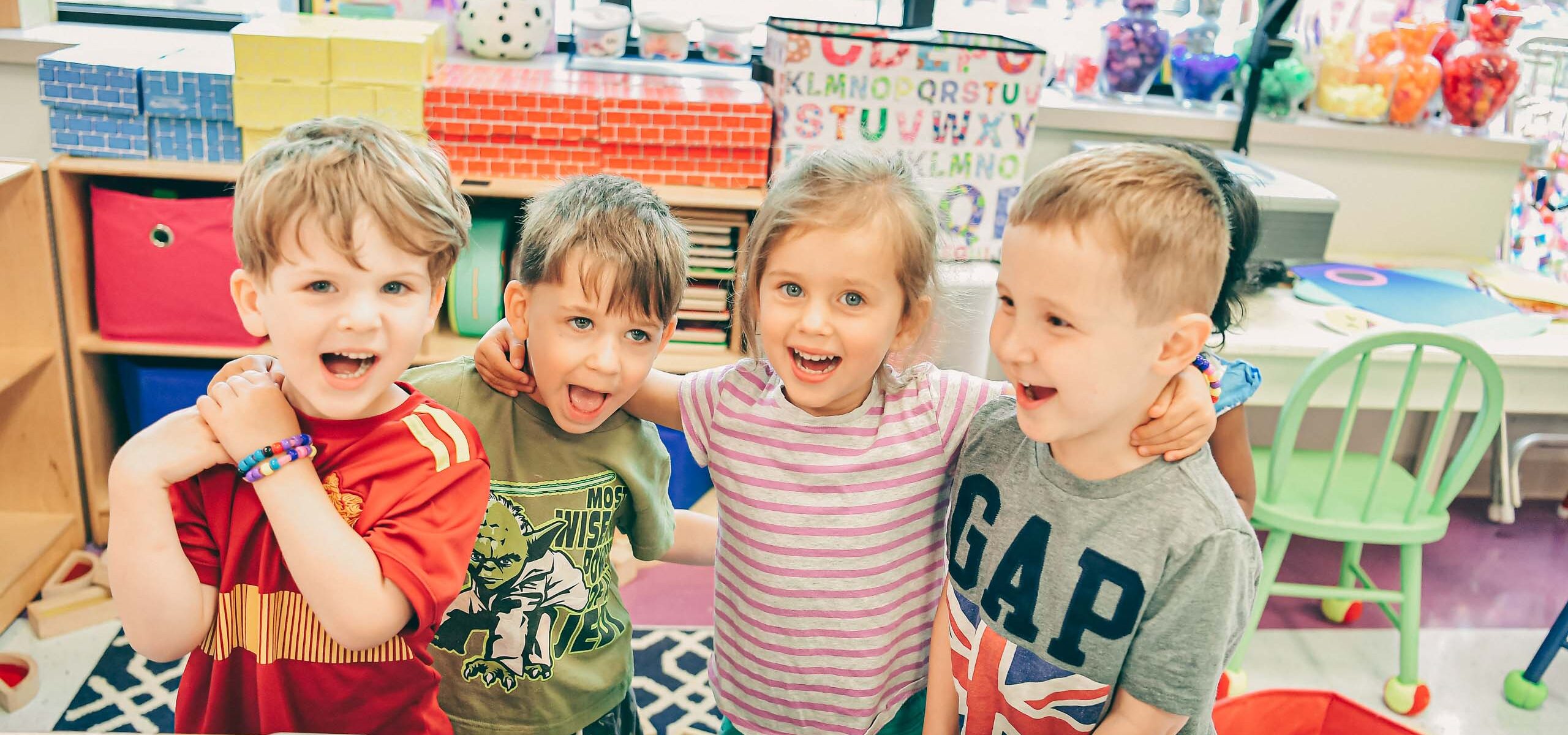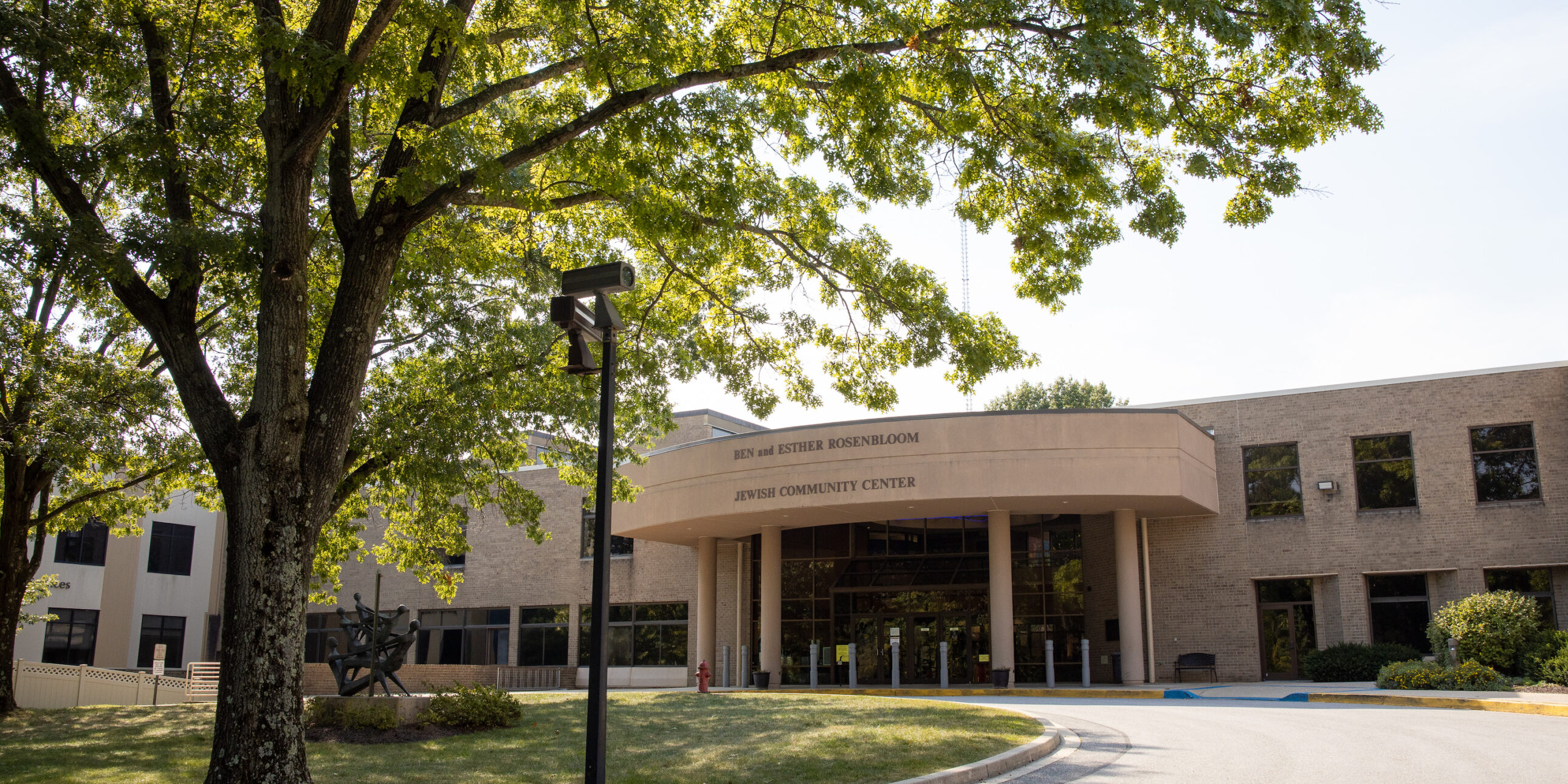 Rabbi Ariel Platt is thrilled to be coming back to her roots at the JCC. A native Baltimorean, Ariel first started at the J as a camper in our Top Notch Teen (TNT) program. As an adult she worked at the Early Learning Center and most recently worked with the former Downtown Baltimore JCC (DBJCC).
Rabbi Ariel Platt is thrilled to be coming back to her roots at the JCC. A native Baltimorean, Ariel first started at the J as a camper in our Top Notch Teen (TNT) program. As an adult she worked at the Early Learning Center and most recently worked with the former Downtown Baltimore JCC (DBJCC).
Rabbi Ariel received her Rabbinic Ordination and Masters in Jewish Thought in 2015 from the Jewish Theological Seminary in New York City. She also has a B.A. in Psychology from Dickinson College. Most recently she was the Director of Education and Engagement at Beth Israel Congregation in Owings Mills where she engaged and empowered learners of all ages and backgrounds. She is now excited to educate, engage, and empower the families of the JCC.
Q: As the new Director of J Life, what are you most excited about?
A: I am excited to bring my passion for relationship building, creativity, and empathy to this amazing opportunity, building on the strong foundation that is already here.
Q: As an educator, if you could share one life lesson, what would it be?
A: I always tell people to be open to the possibilities. The more open you can be, the more you see, hear, and experience, the more you will learn about the world, and yourself. If you keep your mind closed off or have preconceived notions about certain things, there is a good chance you will miss something that might change your life.
Q: What is your favorite Jewish holiday and why?
A: Hands down my favorite Jewish holiday is Sukkot. Whenever I think of Sukkot I think of my father-in-law working hard to build a big Sukkah on the back deck year after year. I think of eight nights of welcoming people into the Sukkah for a festive meal. A beautiful mixture of good food, family, and friends, what could be better.
Q: Favorite traditional Jewish song and why?
A: My favorite Jewish song is Lecha Dodi, which is one of the songs we sing to welcome in Shabbat on Friday nights. There are three main things I love about this song. First, there are many beautiful and fun melodies that have been created over the years. Second, the imagery behind the song, both the words and the history. The song paints Shabbat as a bride (or some translate it as queen) being welcomed in. Historically, I also imagine the mystics of Safed running through the fields wearing white, to welcome the Shabbat Bride. Lastly, I have a fun story that goes with this song. The week before my wedding I was running a little late to Friday night services. When I walked in everyone was standing and facing the door singing the last stanza of Lecha Dodi (which is what we traditionally do). However, what makes this funny is that I walked in at the moment they were welcoming in the Bride, which I was about to be.







